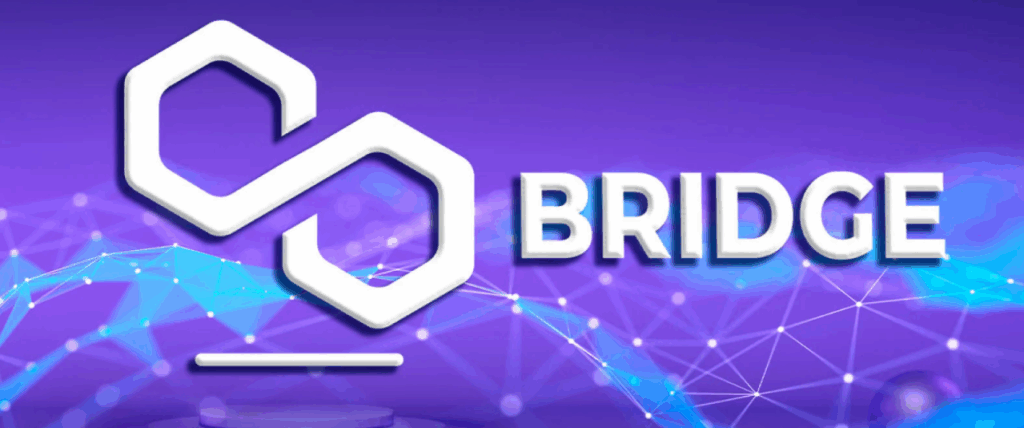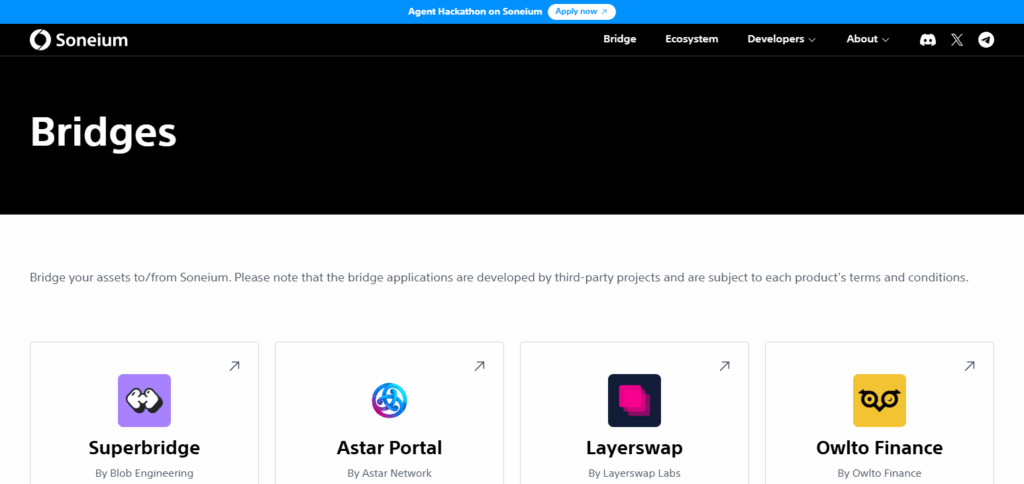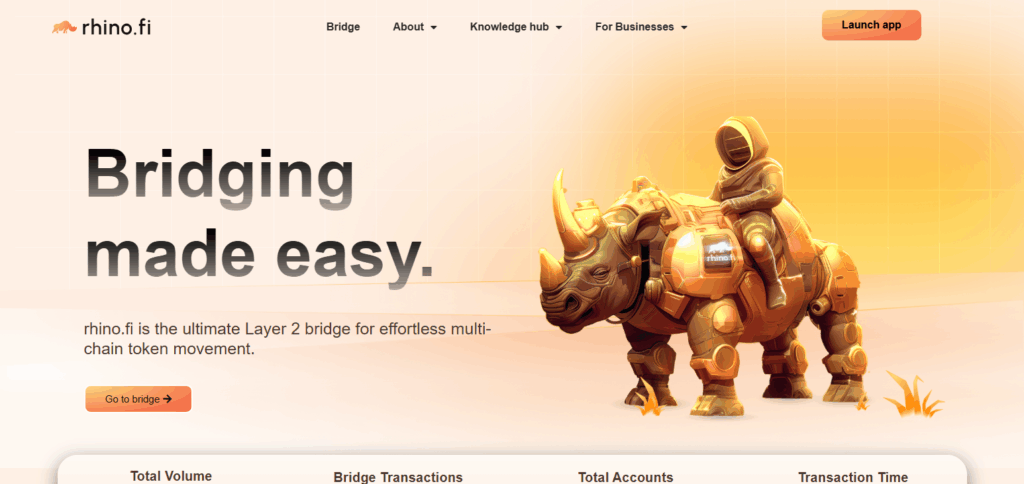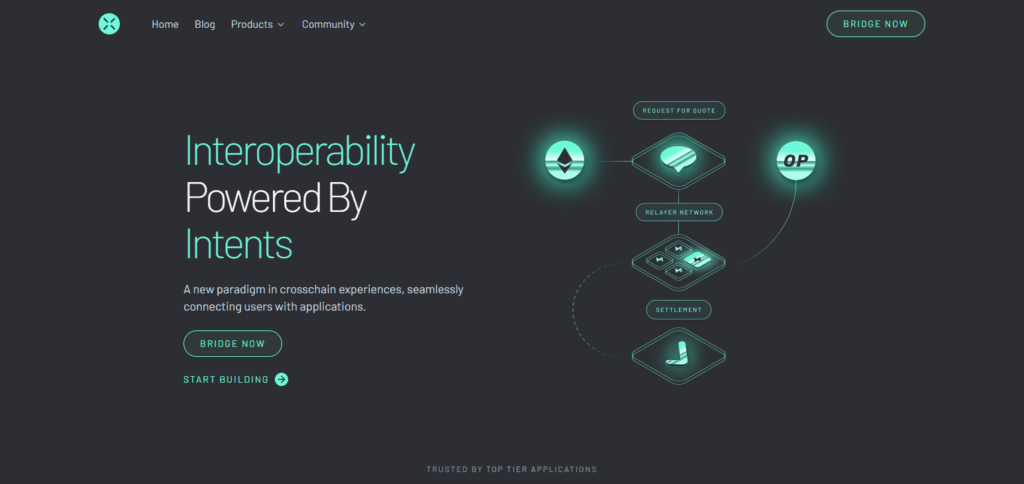In this article, I will cover the How to Bridge to Soneium the straightforward techniques for securely moving your assets across blockchains.
Bridging is needed for tapping into Soneium’s expanding ecosystem, and this article aims to help you comprehend what the process entails, what is required, as well as strategies to achieve hassle-free and secure transfers. So now, let’s start with bridging to Soneium.
What is Bridge?
A blockchain bridge integrates the capabilities of two distinct blockchain networks. It allows the effortless transfer of tokens and data across blockchains.

By allowing users to move assets without the need of a sell or swap, interoperability is facilitated. A bridge is very important for the enhancement of the usability of blockchain technology, the broadened liquidity, and the usage of various dApps (decentralized applications) on different networks.
It allows users to access the features of multiple chains which improves the flexibility and versatility of their crypto experience.
How to Bridge to Soneium

Bridging assets to Soneium permits users to engage with its Layer 2 ecosystem which is constructed on Optimism’s OP Stack. Here’s an example on how to bridge ETH from Ethereum to Soneium:
Example: Bridging ETH to Soneium
Step 1: Visit the Official Soneium Bridge
- Access the website directly using this link that directs you to Soneium Bridge.

- Ensure you have MetaMask or any other EVM-compatible wallet ready for connection.
Step 2: Select Networks
- From the dropdown menu, select Soneium as the destination network.
- The source network should be Ethereum.
Step 3: Enter Transfer Details
- Indicate the amount of ETH that you want to bridge.
- Estimate fees and transaction times by clicking on “Review Deposit”.
Step 4: Confirm & Sign Transaction
- Wait for a few moments while your wallet rechecks the transaction details.
- (Bridging) Upon waiting, you can confirm that the process to get the two networks together has been completed (Typically 3-10 minutes configured to network congestion).
Step 5: Verify Funds on Soneium
- Check what you have on standby within your ETH balance to see whether the negotiations went through or not.
- Switch your wallet to Soneium Network.
Other Place Where to Bridge to Soneium
Rhino.fi
Rhino.fi is a reliable bridging service crafted to link users effortlessly to Soneium’s network. Its core advantage features fast and low-cost transfers sheltered by security safeguards as asset transfers are done safety and efficiency.

Multi-chain support makes it simple to bridge different tokens to Soneium. This combination of strength and versatility makes Rhino.fi an optimal alternative for users seeking to join Soneium’s expanding DeFi infrastructure with ease.
Across Protocol
Across Protocol focuses on minimizing transaction costs and delays, offering a fast and secure bridging solution to Soneium. Its innovative cross-chain messaging technology enables low gas fees while ensuring dependable transfers.

Developed for user convenience and scalability, Across Protocol helps users seamlessly integrate into Soneium’s expanding ecosystem while tapping into Soneium resources quickly and without risk, security, and efficiency.
Prerequisites for Bridging to Soneium
Compatible Wallet: For bridging interaction, a crypto wallet like MetaMask or Trust Wallet is required.
Source Blockchain: The tokens must be on a blockchain that is supported by the bridge (ex. Ethereum, Binance Smart Chain).
Sufficient Funds: There has to be sufficient tokens to cover the amount to be bridged plus gas fees for the transactions.
Network Access: Stable internet connection and access to the source and the destination networks.
Bridge Platform: A bridging platform that is compatible with Soneium like Rhino.fi or Across Protocol needs to be verified.
Security Awareness: Knowledge of security protocols like different phishing attacks and URL verification.
Tips for Safe and Efficient Bridging
Use Official Bridges: Avoid Scams
Refrain from using suspicious bridges until they are verified as many may be unsafe or untrustworthy.
Wallets Addresses and Network Confirmation
Identify and Cross verify wallet addresses and networks carefully to mitigate risks.
Make Transfers During Economical Gas Fee Periods
Check for economical gas fees and the ideal period for making economical transfers.
Use Caution with Larger Amounts
Start with smaller amounts to mitigate losses during the initial testing phase before transitioning to larger amounts.
Keep Private Keys Safe
Secure Wallet and avoid unnecessary sharing of private keys due to their sensitive nature.
Keep Following monitored Account Bridge Announcements
Repeatedly check bridges for alerts or announcements that deal with updates and maintenance.
Common Issues and Troubleshooting
Transaction Delays: The transfer may take longer due to network congestion. You will need to be patient, but you can check using blockchain explorers.
Insufficient Gas Fees: Make sure you have enough gas tokens; not having enough will lower the chances of succeeding.
Unsupported Tokens: Ensure the token you wish to bridge to Soneium is supported by the platform.
Crypto Wallet Issues: If the bridge doesn’t recognize the wallet, refresh.
Unsuccessful Transactions: Transactions that fail need error checking along with a retry. If this is not the case, then get in touch with bridge support.
Wrong Network Choices: For a successful transfer, the source and destination networks have to be correctly selected.
Risk & Considerations

Smart Contract Risks
There are bugs or vulnerabilities in the bridge’s smart contracts which may result to loss of funds.
Platform Security
The use of unverified or unofficial bridges increases the chances of hacks or scams.
Transaction Failures
A failed transaction will always lead to gas fees that would be considered wasted.
Network Congestion
High traffic may result to delays and gas fees increasing which affects the cost and speed.
Incorrect Network Selection
Sending an asset to a network may lead to a permanent loss.
Limited Support
Lack of customer support like that in some bridges makes issue resolution hard.
Token Compatibility
Different sets of tokens are not all compatible and will lead to errors or losses.
Pros & Cons
| Pros | Cons |
|---|---|
| Enables access to Soneium’s DeFi ecosystem | Risk of smart contract vulnerabilities |
| Supports multiple blockchains and tokens | Possible high gas fees during congestion |
| Fast and efficient asset transfers | Transaction failures can cause delays or loss |
| Improves interoperability between networks | Risk of using unverified or unofficial bridges |
| Lowers barriers to cross-chain asset movement | Limited customer support on some platforms |
Conclusion
To summarize, bridging to Soneium is an uncomplicated method for expanding your crypto possibilities spanning across blockchains safely and moving assets seamlessly.
By using the proper steps via reliable sites such as Rhino.fi or Across Protocol, you’ll gain effortless access to Soneium’s rapidly growing ecosystem. Always maintain a proactive attitude towards security and start with minimal transfers to establish a smooth bridging undertaking.










